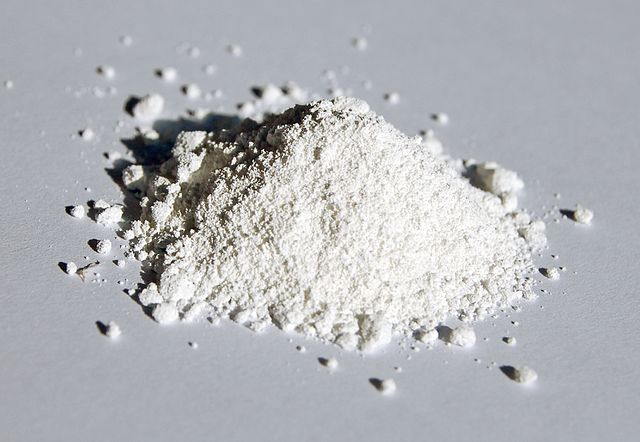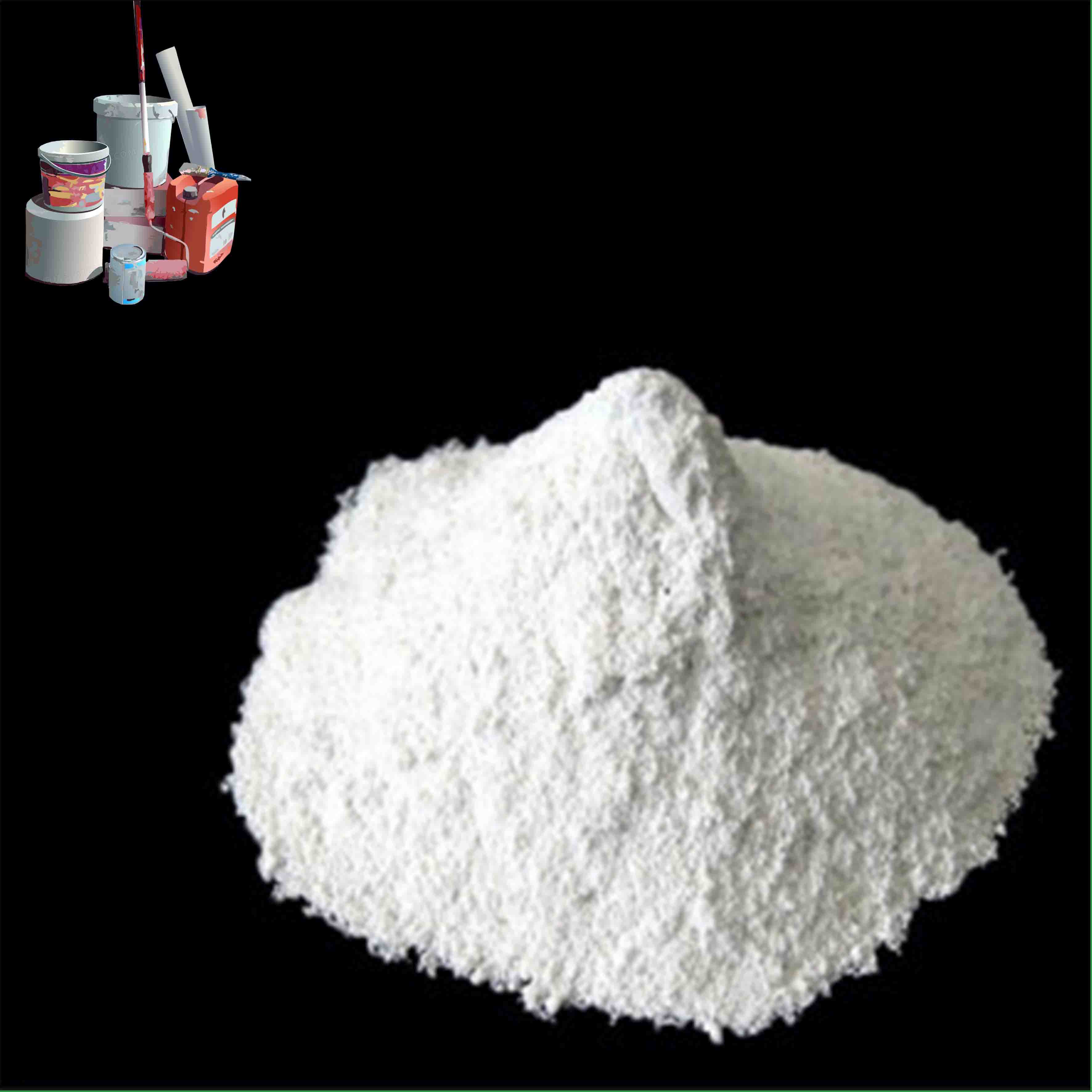Titanium dioxide as the food colourant E171
Known in food as the colourant E171, its unique whiteness and brightness, stability to heat, light and UV absorbance make titanium dioxide the most effective white colourant in food. In fact, it’s up to five times more efficient than alternatives, so that relatively low levels of E171 are required to achieve the desired effect.
Rutile Titanium Dioxide R6618 High Scattering Power TiO2
In decades of use as a food colourant, no verifiable link has ever been shown between a general intake of E171 and harm to human health.
Why is E171 used in food?
E171 is used as an important colourant in foods to brighten or whiten food products. E171 also adds texture to foods and is often used as an anti-caking agent.
Is E171 safe to eat?
E171 has gone through rigorous testing and classification throughout the years, which have repeatedly confirmed its safety for consumers.
Most recently, both Health Canada, the national health policy department of the Canadian government, the Food Standards Australia New Zealand (FSANZ), and the United Kingdom’s Food Standard Agency (FSA) have confirmed that TiO2 is safe for consumers as a food additive.
The reaffirmation of E171’s safety in food by the UK, Australian/New Zealand and Canadian Authorities comes after concerns raised by the EU’s European Food Safety Authority (EFSA) in 2021.
The EFSA reviewed the safety of E171 in 2016, 2018, and 2019. In all cases, the EFSA confirmed the safety of E171.
The latest EFSA opinion on E171 published in May 2021 finds no conclusive evidence showing harmful effects from the intake of E171. Yet, the EFSA concluded that it no longer considers E171 safe as a food additive because concerns for genotoxicity could not be ruled out. EFSA previously concluded that ‘the use of TiO2 as a food additive does not raise a genotoxic concern’.
Health Canada, FSANZ and the UK’s FSA address the uncertainties raised by the EFSA in their opinions, concluding that there are no health concerns related to the use of TiO2 as a food additive.
Read more about the about the opinions.
Why did the EFSA change its opinion about the safety of E171?
The EFSA’s conclusion about E171’s safety changed because the 2021 opinion is not based on all available data concerning the safety of E171.
The EFSA adopted a new approach to determine its latest opinion that excludes certain important components of the science dataset for E171 that show no harmful genotoxic effects. The EFSA reached its conclusion based on test materials that are not representative of E171, nor relevant for assessing E171 when used as a food additive.
The methods of oral exposure relied on by the EFSA, and the studies used to reach its conclusion, do not represent realistic or potential conditions of use, or reflect human exposures to the actual food additive.
Health Canada’s comprehensive state of the science review considers all the available science on titanium dioxide as a food additive and new data generated after the EFSA opinion. Health Canada fully addresses the uncertainties raised by the EFSA 2021 opinion and confirms that TiO2 is safe for consumers.
Why is E171 no longer allowed in food in the EU?
The European Commission withdrew the approval for the use of E171 in food in the EU on 18 January 2022. The decision which entered into force on 7 February 2022 is based on the EFSA opinion that E171 can no longer be considered safe.
The Regulation states clearly that no immediate health concerns have been identified. This underlines that the decision is not based on any identified risks to human health from E171.
The act foresees a six-month transition period from its entry into force. This means that until 7 August 2022 food products containing E171 were allowed to be placed on the EU market and marketed until their ‘use by’ date.
Products containing E171 placed on the market during the transition period can continue to be used safely as no immediate risk to health has been identified.
What is the TDMA doing about the situation?
The TDMA continues to stand behind the safety of E171 in all intended applications and disagrees with the decision to withdraw the approval of E171 in the EU.
In light of the assessments by Health Canada and the UK’s FSA finding that E171 is safe for human consumption, the TDMA calls for the European Commission to trigger a critical re-examination of the EFSA 2021 opinion on the safety of E171. The conclusions of Health Canada. FSANZ and the UK FSA should also be considered in any EU assessment of TiO2’s safety in pharmaceutical, cosmetic and toy applications.
The TDMA is further addressing the EFSA’s opinion by updating its science programme to generate more data to confirm the safety of E171, and to meet the EFSA’s new risk assessment approach for food additives.
The TDMA will continue to engage with all relevant stakeholders to ensure that ongoing and future reviews of the safety of TiO2 are conducted using all available data and best practices.





